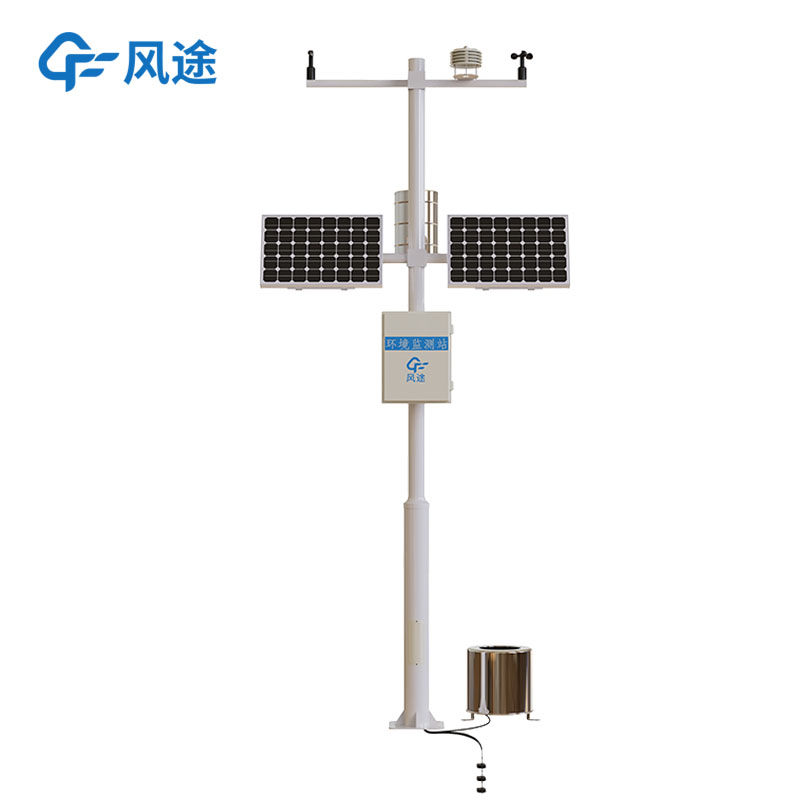In agricultural production, meteorological conditions have always been the key factors affecting crop growth and farmers' harvests. And Agricultural Weather Stations have provided a great deal of help to farmers.
Precise agricultural arrangements are the foundation of agricultural production. Farmers can accurately determine when to sow, irrigate, fertilize, and harvest based on the data of temperature, precipitation, and sunshine duration provided by Agricultural Weather Stations. For example, if they learn that there will be sufficient precipitation in the next few days, farmers can arrange plowing in advance to prepare for sowing, avoiding the impact on crop growth due to blind agricultural arrangements and improving labor efficiency. Such precise arrangements based on meteorological data make agricultural production more planned and contribute to the healthy growth of crops.
Preventing meteorological disasters is crucial for ensuring agricultural production. Agricultural Weather Stations can monitor meteorological changes in real-time and predict disasters such as rainstorms, droughts, and frosts in advance. Before the arrival of frost, farmers can take timely measures such as covering with insulation films and smoking to protect crops. When they know that a rainstorm is approaching, they can dredge the drainage channels in advance to prevent waterlogging in farmland. Through these preventive measures, the losses caused by meteorological disasters can be effectively reduced, protecting the fruits of farmers' hard work.
To help crops grow, the support of meteorological information is indispensable. By understanding the meteorological information provided by the weather stations, farmers can better adjust the growth environment of crops. In high - temperature weather, they can shade and cool the crops in time. According to the soil moisture data, they can reasonably adjust the irrigation volume. In this way, suitable growth conditions are provided for crops, which helps to improve the yield and quality of crops and enables farmers to obtain better returns.
The long - term accumulation and analysis of meteorological data provide a basis for farmers to plan agricultural production. Through the study of these data, farmers can understand the local meteorological change laws and thus reasonably plan the types and areas of crops to be planted. In arid regions, drought - tolerant crops are selected; in areas with sufficient sunshine, crops with high sunlight requirements are planted. This scientific layout makes agricultural production more in line with natural laws and improves the efficiency of agricultural production.
Agricultural Weather Stations provide comprehensive support to farmers in terms of precise agricultural arrangements, prevention of meteorological disasters, assistance in crop growth, and planning of agricultural production. It makes agricultural production more scientific and efficient, is a powerful assistant for farmers in agricultural production, and is of great significance for promoting the development of agricultural modernization.

Article address:https://www.sqqx.net/en/news/553.html

 +86 15898932201
+86 15898932201



